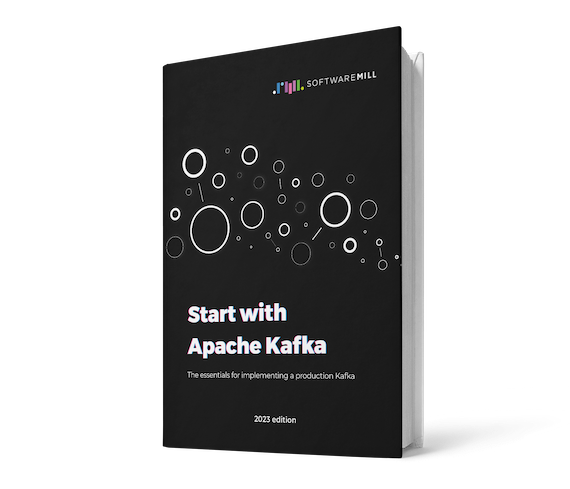Kafka Visualization

Apache Kafka is a distributed event streaming platform. Using the tool below you can simulate how data flows through a replicated Kafka topic, to gain a better understanding of the message processing model.
Note that our simulation assumes default producer & broker configuration (for Kafka version <2.8.0) which accepts new messages, even if a majority of brokers are down. See this blog for more details.
Master Apache Kafka: Download eBook
Unlock the full potential of Apache Kafka with our ebook, offering insights from Confluent, the driving force behind Kafka’s development.
Elevate your data pipeline, understand its architecture, and explore strategic use cases. Download now for a comprehensive guide to Kafka’s transformative power!
Created by SoftwareMill
SoftwareMill offers architecture, development and consulting services for projects leveraging (or considering) Apache Kafka as well as tailored training programs.
